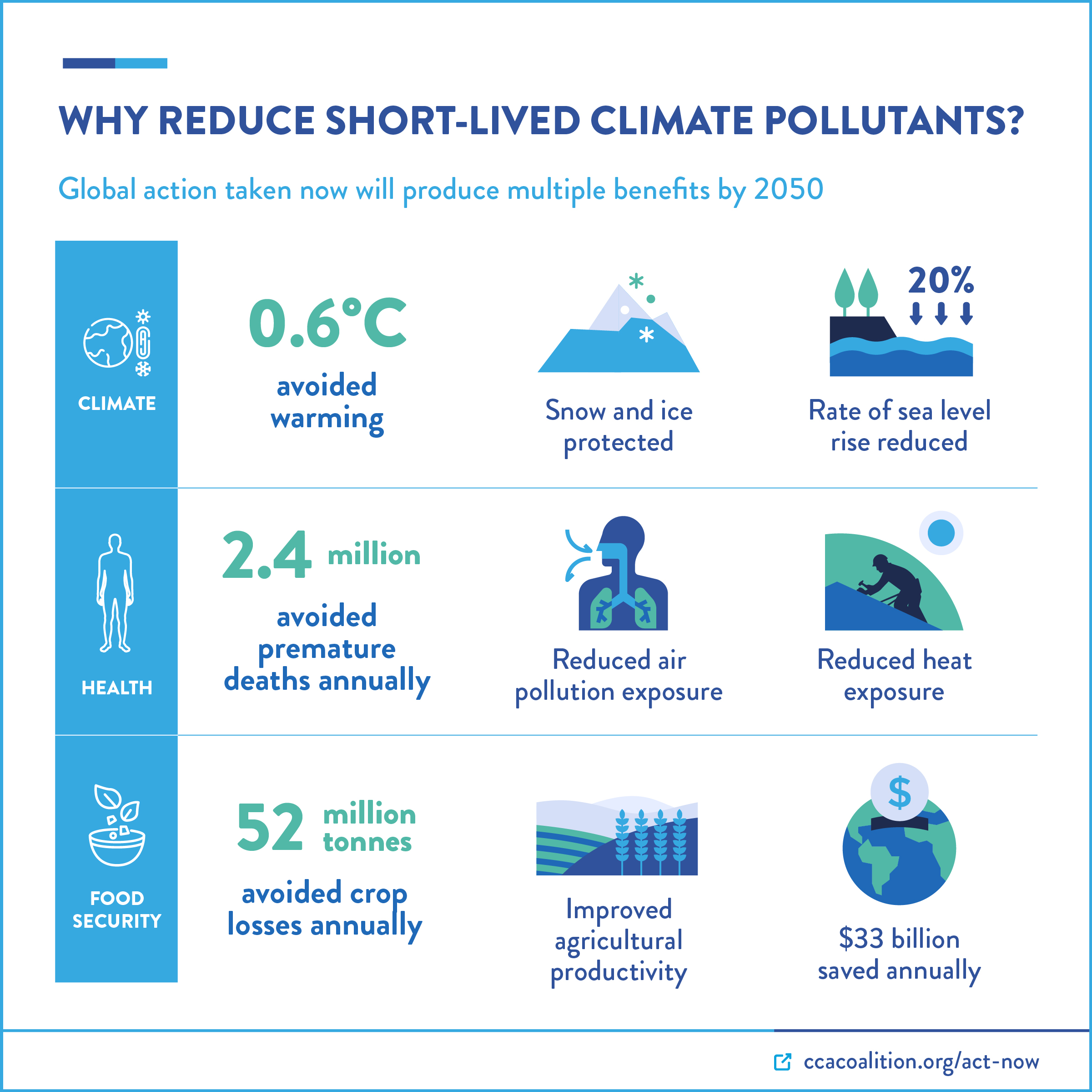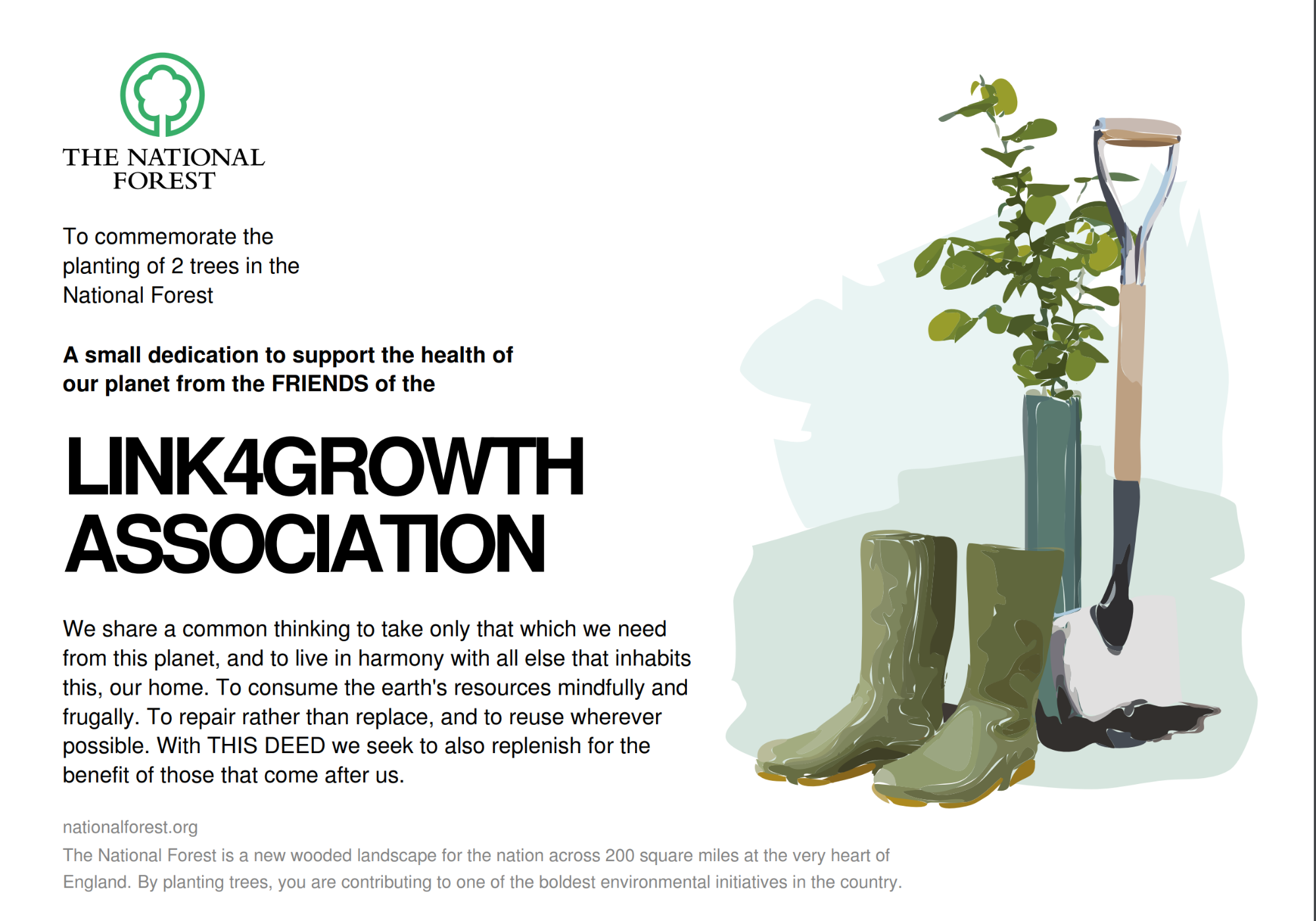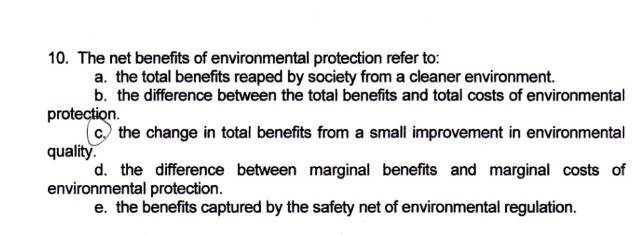Cultivating a Greener Tomorrow: Environmental Stewardship Benefits

Embracing Environmental Stewardship
Environmental stewardship is a philosophy that encourages responsible and sustainable use of natural resources, emphasizing the importance of leaving a positive impact on the environment for future generations. This article delves into the manifold benefits of embracing environmental stewardship, exploring how individuals can play a crucial role in cultivating a greener tomorrow.
Sustainable Resource Management
At the core of environmental stewardship is the idea of sustainable resource management. This involves using resources in a way that meets present needs without compromising the ability of future generations to meet their own needs. By adopting sustainable practices in energy consumption, waste reduction, and resource utilization, individuals contribute to the preservation of the environment and its resources.
Mitigating Climate Change Impact
One of the most pressing global challenges is climate change, and environmental stewardship plays a pivotal role in mitigating its impact. By reducing carbon footprints, supporting renewable energy initiatives, and advocating for eco-friendly policies, individuals contribute to a collective effort in addressing climate change. Environmental stewardship fosters a sense of responsibility towards the planet’s health and resilience.
Biodiversity Conservation Efforts
Preserving biodiversity is integral to environmental stewardship. Ecosystems thrive on diverse plant and animal species, each playing a unique role in maintaining ecological balance. Stewardship efforts include habitat conservation, reforestation projects, and initiatives to protect endangered species. By actively participating in biodiversity conservation, individuals contribute to the overall health of the planet.
Responsible Waste Management
Environmental stewardship places a strong emphasis on responsible waste management. This involves reducing waste generation, recycling materials, and minimizing the use of single-use plastics. Individuals can adopt practices such as composting, supporting recycling programs, and choosing products with minimal packaging, collectively working towards a more sustainable and waste-conscious society.
Sustainable Agriculture Practices
Agriculture is a significant contributor to environmental impact, and environmental stewardship extends to the realm of sustainable agriculture. Practices such as organic farming, agroforestry, and soil conservation contribute to soil health, reduce the use of harmful pesticides, and promote sustainable food production. Supporting local and sustainable agriculture is a tangible way individuals can engage in environmental stewardship.
Water Conservation Initiatives
Water scarcity is a growing concern globally, and environmental stewardship emphasizes the importance of water conservation. Individuals can adopt water-saving practices in their homes, invest in water-efficient appliances, and support initiatives that promote responsible water use. Through these efforts, environmental stewardship addresses the pressing issue of water sustainability.
Fostering a Culture of Sustainability
Environmental stewardship goes beyond individual actions; it involves fostering a culture of sustainability in communities and societies. This cultural shift includes promoting eco-friendly practices in schools, workplaces, and public spaces. By influencing collective behavior towards more sustainable choices, environmental stewardship becomes a shared responsibility and a societal norm.
Advocacy for Green Policies
Individuals engaged in environmental stewardship often become advocates for green policies and initiatives. This includes supporting legislation that promotes renewable energy, conservation efforts, and sustainable practices. Through active participation in advocacy, individuals amplify their impact and contribute to shaping a policy landscape that prioritizes environmental well-being.
The Environmental Stewardship Benefit
The overarching benefit of environmental stewardship is the creation of a healthier and more resilient planet. By actively participating in sustainable practices, individuals become agents of positive change, influencing the trajectory of environmental health. To explore more about the environmental stewardship benefit and practical steps to contribute, visit Environmental Stewardship Benefit for valuable resources and insights.
Conclusion: A Collective Responsibility
In conclusion, environmental stewardship is not just a choice but a collective responsibility. Each individual action, whether small or large, contributes to the broader effort of cultivating a greener tomorrow. By embracing environmental stewardship, individuals become stewards of the Earth, leaving a positive legacy for future generations.
Environmental Preservation: Sustaining Our Planet for Future Generations
Environmental Preservation: Sustaining Our Planet for Future Generations
Environmental preservation is a critical imperative as our planet faces unprecedented challenges related to climate change, pollution, and resource depletion. Discover the profound benefits that environmental preservation brings and how adopting sustainable practices, such as solar energy, contributes to safeguarding the Earth for future generations.
The Urgency of Environmental Preservation
The need for environmental preservation has never been more urgent. Climate change, loss of biodiversity, deforestation, and pollution pose significant threats to ecosystems worldwide. Taking proactive measures to preserve the environment is essential to mitigate these threats and ensure a sustainable future.
Biodiversity Conservation and Ecosystem Health
Preserving the environment is synonymous with conserving biodiversity. Diverse ecosystems contribute to the health and resilience of our planet. By protecting habitats and minimizing human impact, we safeguard the countless species that play vital roles in maintaining ecological balance and supporting life on Earth.
Combatting Climate Change Through Sustainable Practices
One of the most pressing global challenges is climate change, driven primarily by human activities. Environmental preservation involves adopting sustainable practices to reduce greenhouse gas emissions, promote carbon sequestration, and mitigate the impacts of climate change. Embracing renewable energy sources like solar power is a key strategy in this effort.
The Role of Solar Energy in Environmental Preservation
Solar energy plays a pivotal role in environmental preservation. Unlike traditional fossil fuels, solar power generation produces minimal greenhouse gas emissions, reducing the carbon footprint associated with electricity production. Harnessing the sun’s energy for power is a sustainable and clean alternative that helps combat climate change.
Reducing Pollution and Environmental Contamination
Preserving the environment entails minimizing pollution and contamination. Traditional energy sources contribute to air and water pollution, affecting both human health and the natural environment. Transitioning to clean energy sources, such as solar, helps reduce pollution and fosters a healthier, more sustainable living environment.
Resource Conservation and Sustainable Practices
Environmental preservation includes responsible resource management. Adopting sustainable practices in agriculture, forestry, and energy production helps conserve natural resources. Solar energy, being a renewable resource, exemplifies a sustainable practice that reduces reliance on finite fossil fuels and minimizes resource depletion.
Preserving Water Resources and Ecosystems
Water is a precious resource crucial for all forms of life. Environmental preservation involves protecting water ecosystems, reducing water pollution, and practicing responsible water consumption. Solar energy contributes to water conservation by requiring minimal water for its operation compared to traditional power generation methods.
Sustainable Urban Planning for Environmental Preservation
The way we plan and construct our cities has a direct impact on the environment. Sustainable urban planning, emphasizing green spaces, energy-efficient buildings, and eco-friendly infrastructure, promotes environmental preservation. Incorporating solar energy into urban development helps create more sustainable and resilient cities.
Education and Advocacy for Environmental Preservation
Raising awareness and advocating for environmental preservation are integral components of fostering positive change. Educational initiatives empower individuals and communities to make informed choices that prioritize sustainability. Advocacy efforts influence policies and practices that promote environmental conservation on a larger scale.
Global Collaboration for a Sustainable Future
Preserving the environment is a global endeavor that requires collaboration across borders. International cooperation, agreements, and shared commitments are essential for addressing environmental challenges collectively. Working together, nations can implement strategies and policies that promote a sustainable and resilient future.
Embracing Environmental Preservation Benefit with SolarHelp.info
To explore how environmental preservation benefit is intricately linked with adopting sustainable practices like solar energy, visit SolarHelp.info. Discover the positive impact of solar energy on the environment and learn how embracing clean energy contributes to the ongoing effort of preserving our planet for the well-being of present and future generations.
Climate Benefit Impact: Nurturing a Sustainable Tomorrow

The Global Imperative for Climate Action
As the impacts of climate change become increasingly evident, individuals and communities worldwide are recognizing the urgent need for meaningful action. Addressing the complex challenges posed by climate change requires a comprehensive understanding of the interconnected systems at play and the potential benefits that can be derived from impactful initiatives.
The Ripple Effect of Sustainable Practices
Sustainable practices have a profound ripple effect on climate benefits. Small, individual actions collectively contribute to a larger positive impact on the environment. From reducing carbon footprints through energy conservation to embracing eco-friendly lifestyle choices, these practices collectively play a crucial role in mitigating climate change.
The Role of Renewable Energy in Climate Mitigation
Renewable energy sources, such as solar and wind power, play a pivotal role in climate change mitigation. By transitioning away from fossil fuels, which contribute significantly to greenhouse gas emissions, society can harness clean and sustainable energy alternatives. This shift not only reduces carbon emissions but also establishes a foundation for a more resilient and sustainable energy infrastructure.
Climate Benefit Impact: Biodiversity Conservation
Climate change poses a threat to global biodiversity, affecting ecosystems and the delicate balance of flora and fauna. Initiatives aimed at mitigating climate change, such as reforestation projects and habitat preservation, contribute directly to biodiversity conservation. Protecting diverse ecosystems is essential for maintaining ecological equilibrium and the overall health of the planet.
The Intersection of Climate and Social Equity
Climate change disproportionately affects vulnerable communities, exacerbating social inequalities. Climate benefit initiatives that prioritize social equity can address these disparities. From providing access to clean energy in underserved areas to implementing climate-resilient infrastructure, such initiatives foster a more just and equitable response to the challenges posed by a changing climate.
Circular Economy: Reducing Waste, Enhancing Climate Resilience
The concept of a circular economy emphasizes reducing waste and promoting the responsible use of resources. By embracing a circular economy model, societies can not only minimize environmental impact but also enhance climate resilience. This approach involves recycling, repurposing, and reusing materials, ultimately reducing the strain on natural resources and mitigating climate-related vulnerabilities.
Sustainable Agriculture: Nourishing the Planet Responsibly
Climate change has far-reaching implications for agriculture, affecting food production and security. Sustainable agricultural practices, including organic farming, agroforestry, and soil conservation, contribute to climate benefit impact. These practices enhance soil health, reduce emissions from farming activities, and promote resilient agricultural systems capable of withstanding the challenges of a changing climate.
Climate Benefit Impact: Innovation and Technology
Innovation and technology play a crucial role in addressing climate change. From advancements in renewable energy technologies to the development of climate modeling and monitoring systems, technology offers tools to understand, mitigate, and adapt to the impacts of climate change. Embracing innovative solutions is key to achieving meaningful climate benefits.
Government Policies and International Collaboration
Government policies and international collaboration are essential for achieving large-scale climate benefit impact. By implementing and enforcing regulations that limit emissions, encourage sustainable practices, and protect natural habitats, governments can contribute significantly to global climate mitigation efforts. International cooperation further amplifies the impact of individual nations’ initiatives.
Taking Action Today for a Resilient Tomorrow
In conclusion, the climate benefit impact is a multifaceted outcome that results from a combination of individual actions, technological advancements, policy decisions, and international collaboration. Nurturing a sustainable tomorrow requires a collective commitment to reducing emissions, conserving biodiversity, embracing renewable energy, and fostering social equity. To explore more ways to contribute to climate benefit impact, visit Climate Benefit Impact for valuable resources and insights. Together, we can build a resilient and sustainable future.
Environmental Harmony Benefit: Balancing Nature and Lifestyle

Balancing Nature and Lifestyle: The Environmental Harmony Benefit
In a world where ecological concerns are paramount, the Environmental Harmony Benefit emerges as a guiding principle for sustainable living. This article explores the interconnected relationship between human lifestyle choices and environmental harmony, shedding light on how individuals can contribute to a balanced coexistence with nature.
Understanding Environmental Harmony
At its core, Environmental Harmony involves finding a delicate equilibrium between human activities and the natural world. It emphasizes practices that preserve biodiversity, reduce pollution, and mitigate the impact of human actions on ecosystems. Achieving environmental harmony requires a holistic approach that considers the interconnectedness of all living beings and the environment.
Embracing Renewable Energy Sources
One significant way to contribute to Environmental Harmony is through the adoption of renewable energy sources. Harnessing energy from the sun, wind, and other renewable sources reduces reliance on fossil fuels, lowering carbon emissions and mitigating climate change. Transitioning to solar power, in particular, is a tangible step toward aligning energy needs with environmental sustainability.
The Role of Energy-Efficient Practices
Energy efficiency is a key player in achieving environmental harmony. From energy-efficient appliances to smart home technologies, optimizing energy consumption reduces the overall ecological footprint. Implementing energy-efficient practices not only conserves resources but also contributes to a more sustainable and harmonious living environment.
Sustainable Living Choices
Making sustainable choices in daily life is fundamental to promoting environmental harmony. This encompasses mindful consumption, waste reduction, and supporting eco-friendly products. By choosing sustainably sourced materials and minimizing single-use items, individuals actively participate in creating a healthier and more balanced relationship with the environment.
Preserving Natural Habitats
Environmental harmony also involves protecting and preserving natural habitats. Efforts to conserve biodiversity, reforest degraded areas, and create wildlife sanctuaries contribute to maintaining the delicate balance of ecosystems. A harmonious coexistence with nature requires active measures to safeguard the homes of countless species.
Reducing Carbon Footprint
A substantial aspect of achieving environmental harmony is the reduction of individual and collective carbon footprints. This involves minimizing activities that release greenhouse gases, such as using public transportation, carpooling, and supporting sustainable agriculture. Every action aimed at lowering carbon emissions contributes to a more balanced and sustainable world.
Community Initiatives for Harmony
Environmental harmony is not solely an individual endeavor; it requires collective action. Community initiatives, such as local conservation projects, waste reduction programs, and sustainable urban planning, play a crucial role. Collaborative efforts amplify the impact, fostering a sense of shared responsibility for the well-being of the environment.
Educational Outreach and Awareness
Promoting environmental harmony necessitates widespread awareness and education. Informing communities about the importance of biodiversity, sustainable practices, and the impact of human activities on the environment empowers individuals to make informed choices. Educational outreach creates a ripple effect, inspiring a greater number of people to contribute to environmental harmony.
The Intersection of Technology and Harmony
In the modern era, technology can be a powerful ally in achieving environmental harmony. Innovations in green technology, eco-friendly designs, and sustainable practices in industries contribute to reducing environmental impact. Harnessing the positive aspects of technology ensures that advancements align with the goal of harmonious coexistence with the natural world.
Taking Action for a Harmonious Future
Ready to take action for a harmonious future? Explore the possibilities and learn more about how you can contribute to Environmental Harmony by visiting Environmental Harmony Benefit. Embrace sustainable practices, support renewable energy, and become an advocate for a balanced relationship between humanity and nature.
In conclusion, the Environmental Harmony Benefit represents a vision of a world where human activities are in sync with the rhythms of nature. By embracing renewable energy, adopting sustainable practices, and actively participating in conservation efforts, individuals can play a vital role in achieving a balanced and harmonious coexistence with the environment.
Sustainable Choices: The Environmental Responsibility Benefit

Sustainable Choices: Embracing the Environmental Responsibility Benefit
In an era where environmental concerns take center stage, individuals and businesses are recognizing the importance of environmental responsibility. This article explores the multifaceted benefits of embracing environmental responsibility, shedding light on the positive impact it has on both the planet and those who make sustainable choices.
1. The Call for Environmental Responsibility: A Global Imperative
The increasing awareness of climate change and environmental degradation has elevated the call for environmental responsibility to a global imperative. Individuals, communities, and businesses are urged to reconsider their actions and make choices that prioritize the health of the planet. It is a collective effort that holds the key to a sustainable and thriving future.
2. Environmental Stewardship: Preserving Ecosystems and Biodiversity
At the core of environmental responsibility lies the concept of environmental stewardship. By making conscious choices to reduce carbon footprints, minimize pollution, and protect natural habitats, individuals contribute to preserving ecosystems and biodiversity. Environmental stewardship is a fundamental aspect of sustainable living, ensuring that future generations inherit a planet teeming with life.
3. Sustainable Consumption: Reducing Environmental Impact
Embracing environmental responsibility involves reevaluating consumption patterns. Sustainable choices in what we buy, use, and discard play a crucial role in reducing environmental impact. From choosing eco-friendly products to supporting companies with environmentally conscious practices, sustainable consumption becomes a powerful tool for positive change.
4. Renewable Energy Adoption: A Path to Cleaner Futures
One of the most impactful ways to exercise environmental responsibility is through the adoption of renewable energy sources. Harnessing solar, wind, and other renewable energies reduces dependence on fossil fuels, mitigating the environmental impact associated with traditional energy sources. The shift towards renewable energy is a cornerstone of sustainable and responsible living.
Environmental Responsibility Benefit: A Transformative Link
To explore how you can contribute to the environmental responsibility benefit, visit Environmental Responsibility Benefit. This comprehensive resource provides valuable insights and practical tips on adopting sustainable practices, making informed choices, and contributing to a greener and healthier planet.
5. Circular Economy: Minimizing Waste and Maximizing Resources
The concept of a circular economy aligns seamlessly with environmental responsibility. Moving away from the linear “take, make, dispose” model, a circular economy focuses on minimizing waste and maximizing the lifespan of resources through recycling, reusing, and repurposing. This approach ensures that materials stay in circulation, reducing the strain on the environment.
6. Conservation Efforts: Protecting Endangered Species and Habitats
Environmental responsibility extends to active participation in conservation efforts. Supporting organizations dedicated to protecting endangered species and habitats, participating in reforestation projects, and advocating for wildlife conservation are tangible ways individuals can contribute to the preservation of Earth’s rich biodiversity.
7. Carbon Offsetting: Balancing Emissions with Positive Actions
For those aspects of life where emissions are unavoidable, carbon offsetting becomes a valuable tool. Supporting projects that sequester or reduce greenhouse gas emissions, such as reforestation initiatives or renewable energy projects, allows individuals and businesses to balance their carbon footprint, contributing to a net-positive environmental impact.
Conclusion: A Future Shaped by Responsible Choices
In conclusion, embracing environmental responsibility is not just a choice but a responsibility we owe to the planet and future generations. From individual actions to collective efforts, every step towards sustainability and eco-conscious living contributes to a brighter and healthier future. By recognizing the environmental responsibility benefit, individuals become active participants in shaping a world where responsible choices are the norm, not the exception.

